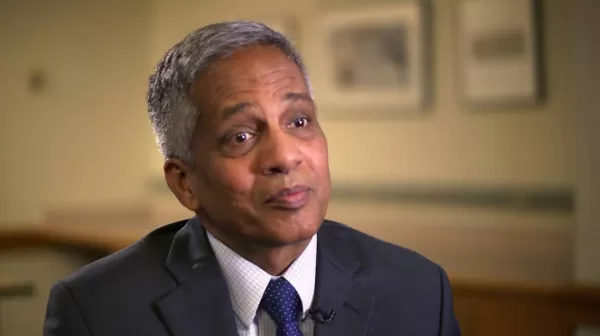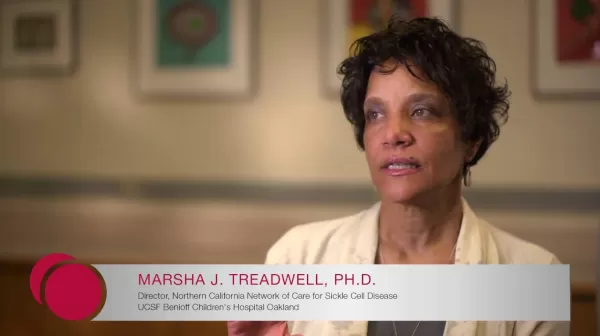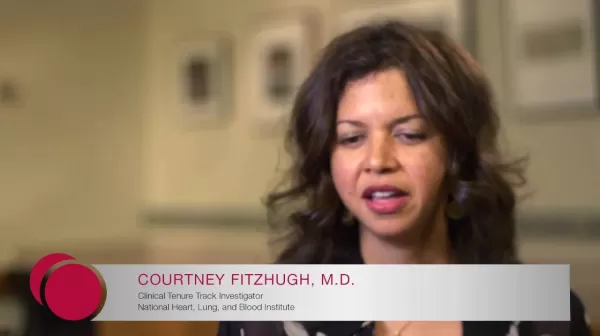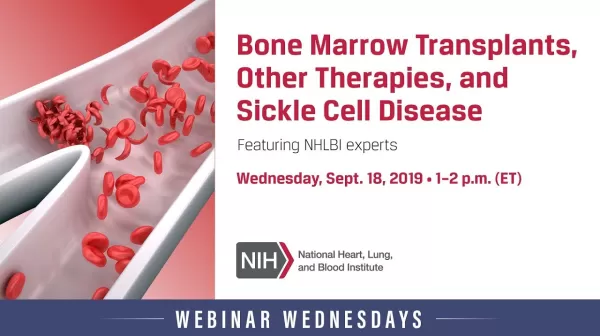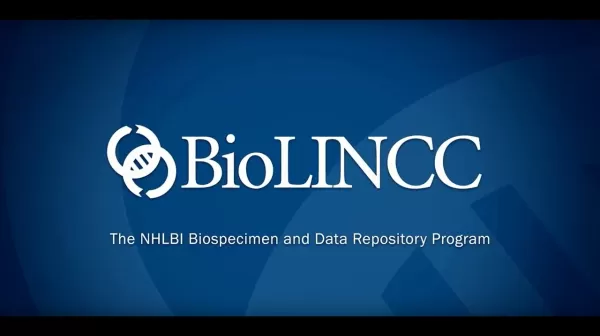Preventing Strokes in Children with Sickle Cell Disease
Nearly 300,000 children are born with sickle cell disease (SCD) around the world each year. Watch Michael R. Debaun, MD, MPH, discuss how the Primary Prevention of Stroke in Children with SCD in Sub-Saharan Africa II study, funded by the National Institute of Neurological Disorders and Stroke, aims to help children with sickle cell disease live stroke-free by 2025. This video is by the National Heart, Lung, and Blood Institute (NHLBI), part of the National Institutes of Health (NIH). Dr.


